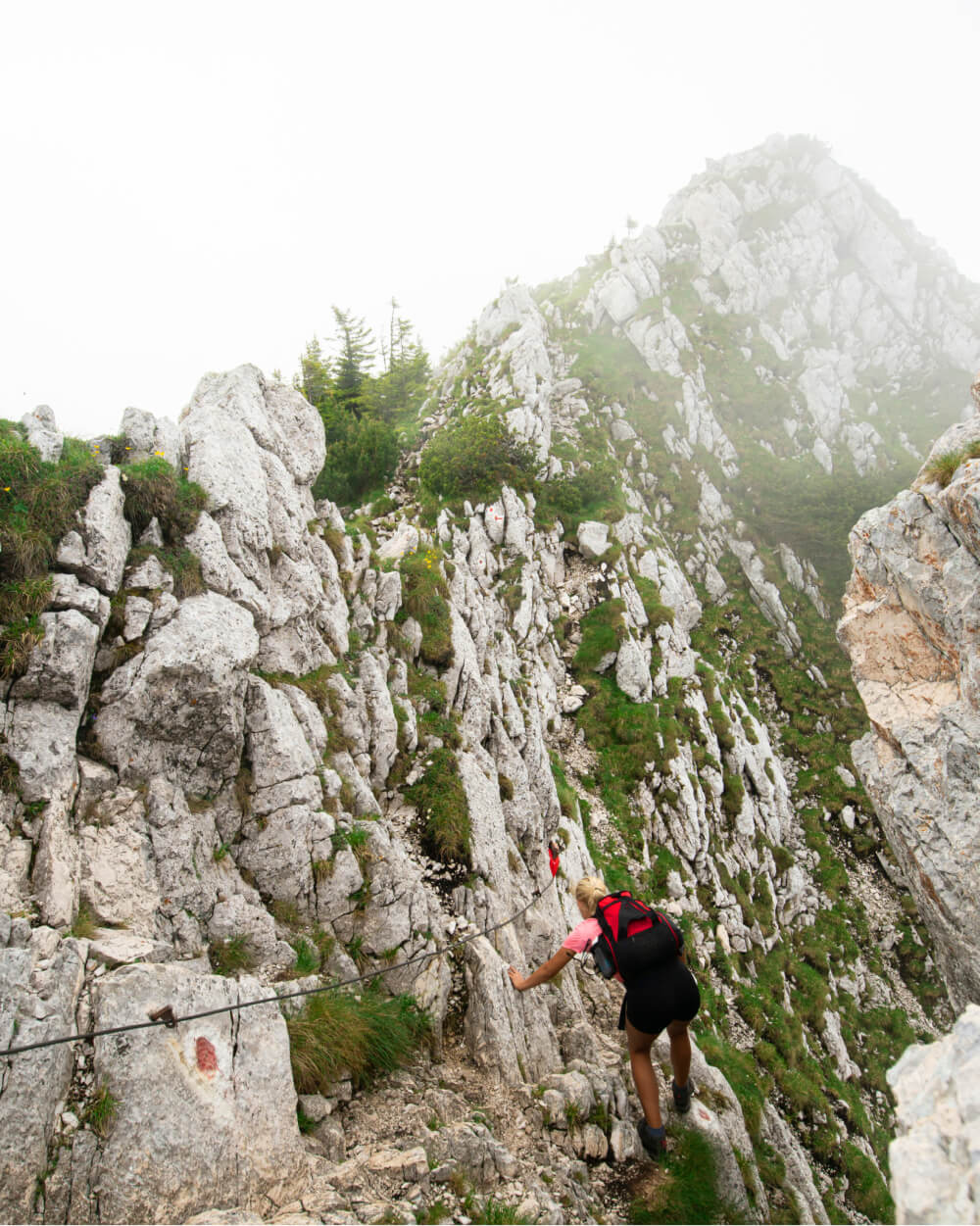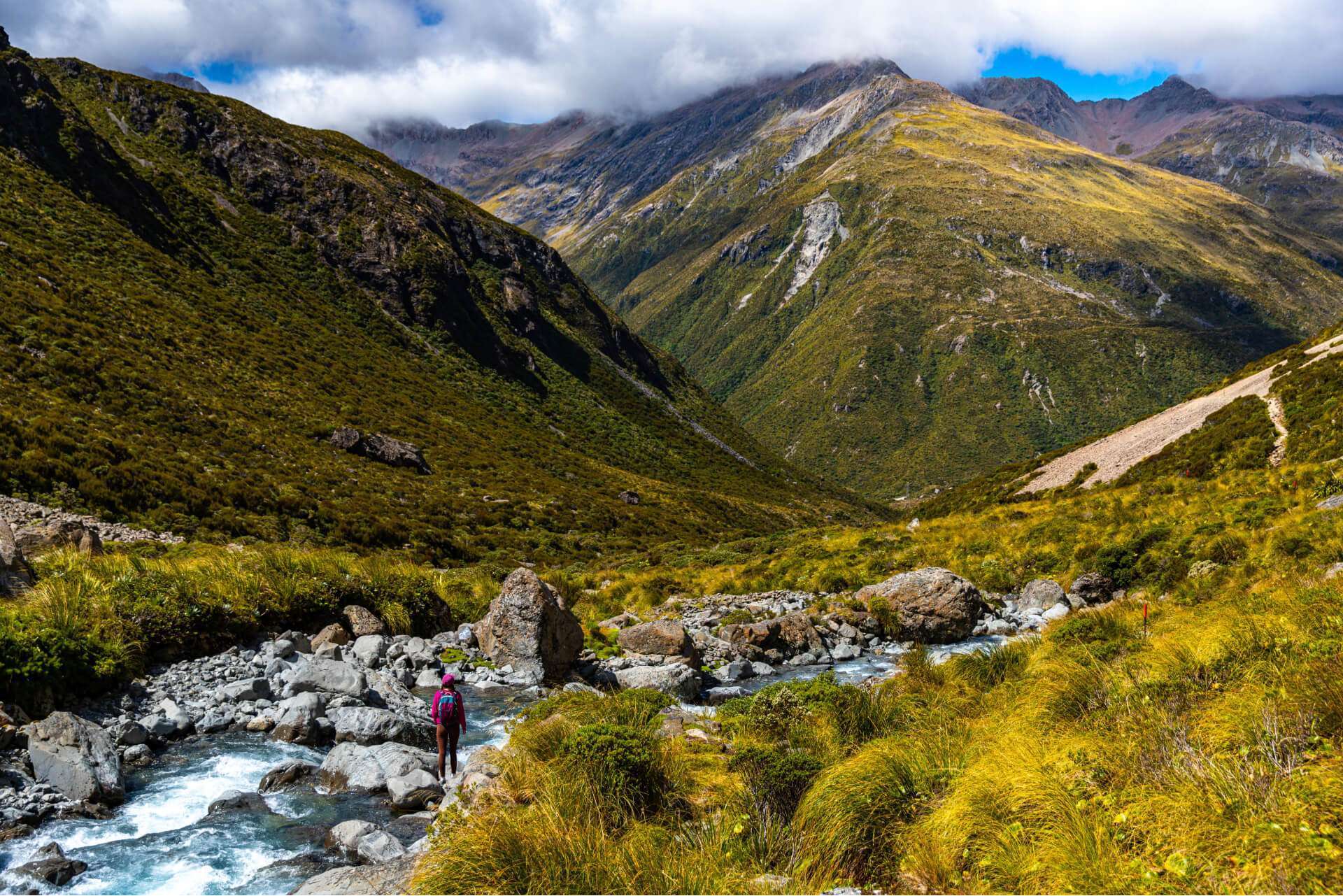Anchoring Tomorrow Together: A Journey of Purpose and Progress
The Federal Interior Agency’s Quest for Sustainability Continues, with, ‘We partner with Government agencies to reach unprecedented solutions. The Federal Interior Agency plays a crucial role as the steward of the nation’s natural resources, cultural heritage, and public lands. Its responsibilities include managing national parks, wildlife refuges, and energy resources while fulfilling its trust obligations to Native American tribes. Priorities include conserving natural resources, protecting the environment, preserving cultural sites, managing water resources, and fostering sustainable energy development. The agency’s work is shaped by evolving regulatory frameworks, technological advancements, and partnerships with both public and private sectors.

0 null
Protecting natural resources and cultural heritage, providing expert guidance, upholding trust with Native American tribes, and promoting sustainable use of public lands and resources is at the heart of the Federal Interior agency’s work.
Fine balancing act between preservation of natural and public landscapes.

Growth is often met with resistance in the form of hurdles from cultural to financial, and organizational barriers.
Strengthen public engagement and emergency response.

Accelarators

Transform your customer experience with our CX Accelerator.

Driving sales growth through Conversion Rate Optimization (CRO).

Your all-in-one framework for Agile Product Development.
Success Stories
Enablers
Discover improved customer experience, productivity, and ROI.
Scalable, secure, and agile cloud infrastructure is taking the industry by storm.
Envisage a steady stream of insights through transparent, accessible data.
Insights
World Class Customers
We have a variety of global partners we work with to help
them achieve digital transformation.
































